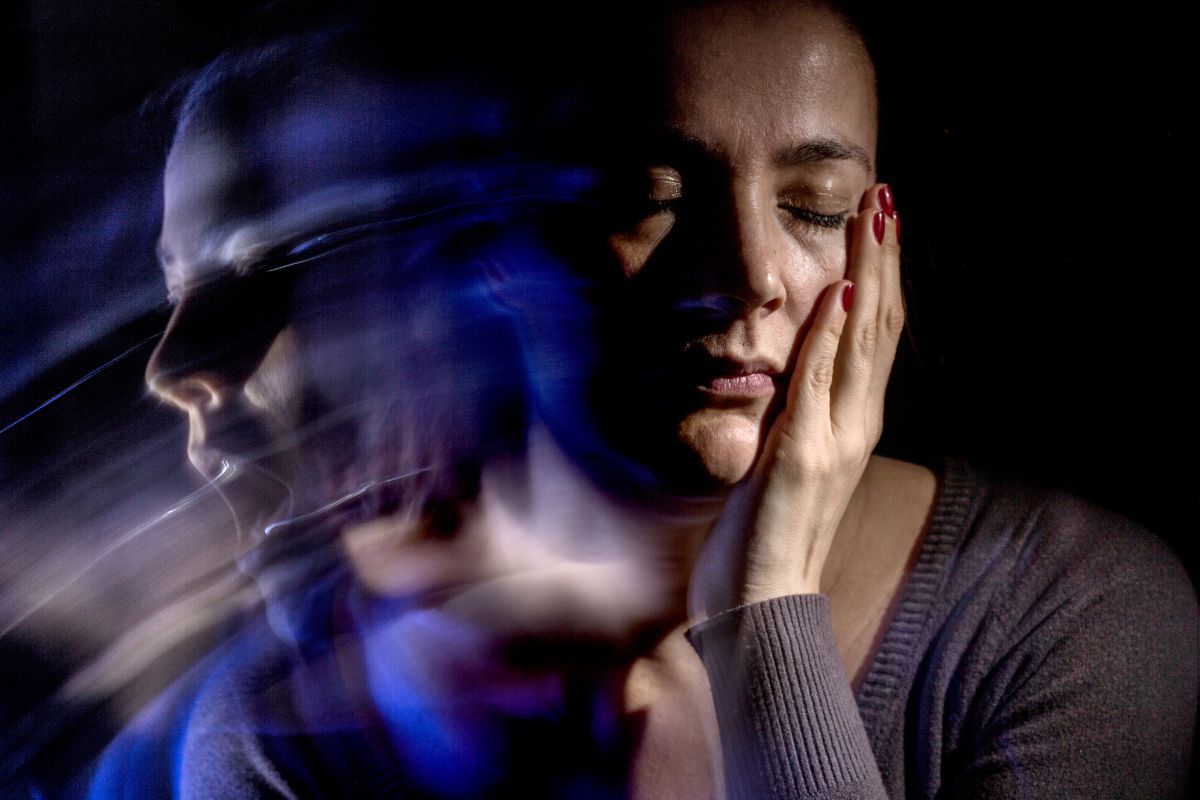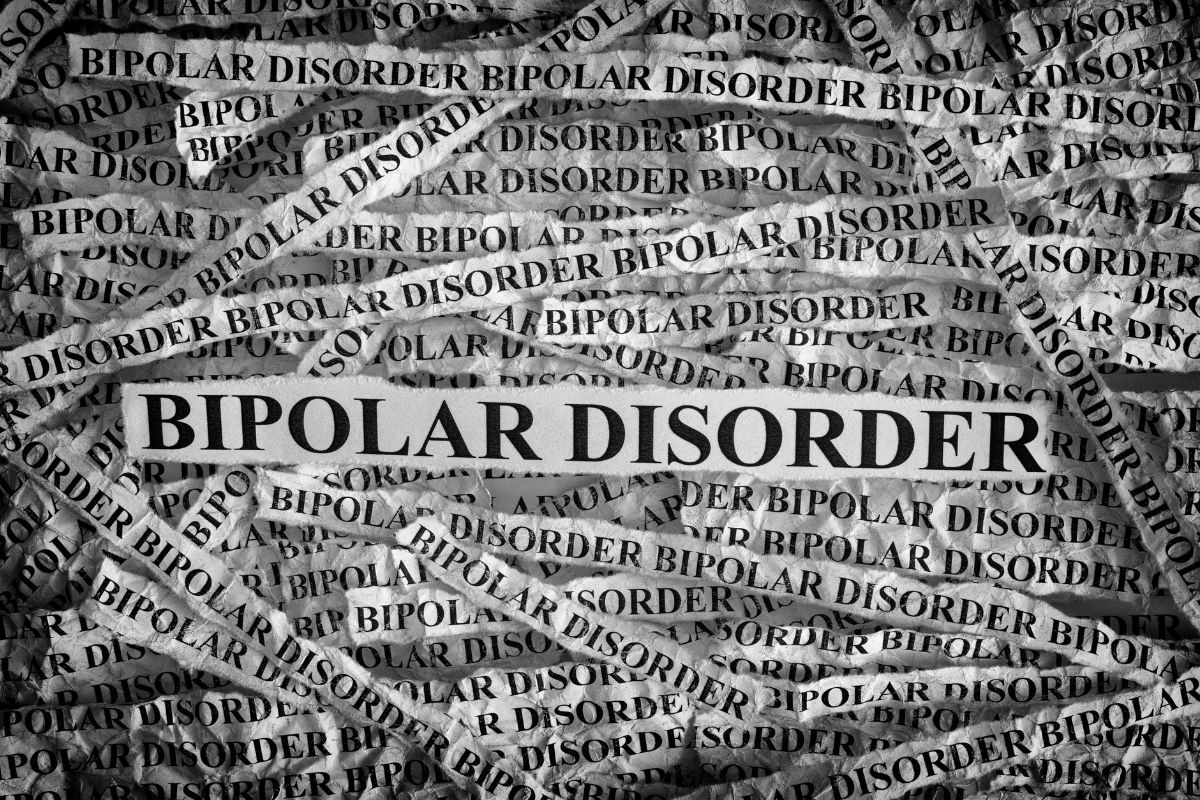Bipolar Disorder Treatment
An individual’s mood, energy level, and capacity for function can alter as a result of bipolar illness, a brain disorder. Bipolar disorder patients go through strong emotional states known as mood episodes, which often happen over discrete intervals of days to weeks.
Manic/hypomanic (an abnormally cheerful or angry mood) or depression are the two classifications for these mood episodes (sad mood). Most bipolar patients also have periods of neutral mood. Bipolar disease sufferers can live full and productive lives if given the right treatment.
Even those who do not have bipolar disorder go through mood swings. These mood swings, meanwhile, usually only last a few hours as opposed to days. Furthermore, unlike during mood episodes, these alterations are typically not accompanied by the significant degree of behavior change or difficulties adjusting to regular activities and social interactions that bipolar illness sufferers exhibit.
A person with bipolar disorder may experience difficulties at work or at school, as well as in their relationships with their loved ones.
Three distinct diagnoses fall under the umbrella of bipolar disorder: bipolar I, bipolar II, and cyclothymic disorder.
Eighty to ninety percent of those with bipolar disorder have a family member who also has the condition or is depressed. Stress, irregular sleep patterns, narcotics, and alcohol can all cause mood swings in persons who are already vulnerable. Although the exact brain-based origins of bipolar disorder are unknown, dysregulated brain activity is thought to be caused by a chemical imbalance. 25 years old on average is the onset age.
Anxiety disorders, substance use disorders, and/or attention-deficit/hyperactivity disorder are typically present in people with bipolar I disorder (ADHD). Compared to the general population, those with bipolar I disorder have a much-increased risk of suicide.
Bipolar illness patients might experience extreme highs of happiness and vigor as well as extreme lows of melancholy, hopelessness, and sluggishness. Usually, people feel normal in the intervals between those times. Bipolar disorder is so named because the highs and lows can be compared to two “poles” of emotion.
Also Read:
How To Treat Bipolar Disorder?
A psychiatrist or other medical specialist trained in the diagnosis and treatment of mental health concerns is your best bet for the effective treatment of bipolar disorder and related diseases. A psychiatric nurse, social worker, and psychologist might all be a part of your therapy team.

This disorder lasts for the rest of one’s life. Symptom management is the focus of treatment. Possible therapeutic options include:
Medications. Mood-regulating medicine is often required immediately.
Treatment is still going on. Medication for bipolar disorder must be used indefinitely, even if symptoms improve. Individuals who fail to keep up with their maintenance treatment are at increased risk of experiencing a recurrence of symptoms or of having subtle mood shifts develop into severe cases of mania or depression.
Short-term, outpatient services that operate during the day. A day treatment program may be suggested by your doctor. While symptom management is taking place, these programs will give the necessary support and counseling.
Rehabilitation from an addiction. Substance abuse treatment is required if alcohol or drug usage is a problem. Without treatment, managing bipolar disorder can be extremely challenging.
Hospitalization. Behaving dangerously, having suicidal thoughts, or becoming removed from reality are all reasons your doctor could urge hospitalization (psychotic). Hospitalization for psychiatric care during a manic or major depressive episode can help you feel more secure and in control of your emotions.
Medication and psychotherapy are the mainstays of care for bipolar disorder, with the addition of support groups and educational resources when it is necessary.



Comments
This website is a fantastic tool for experts involved with these industries.
Your writing creates lively imagery in my mind. I can picture every detail you portray.